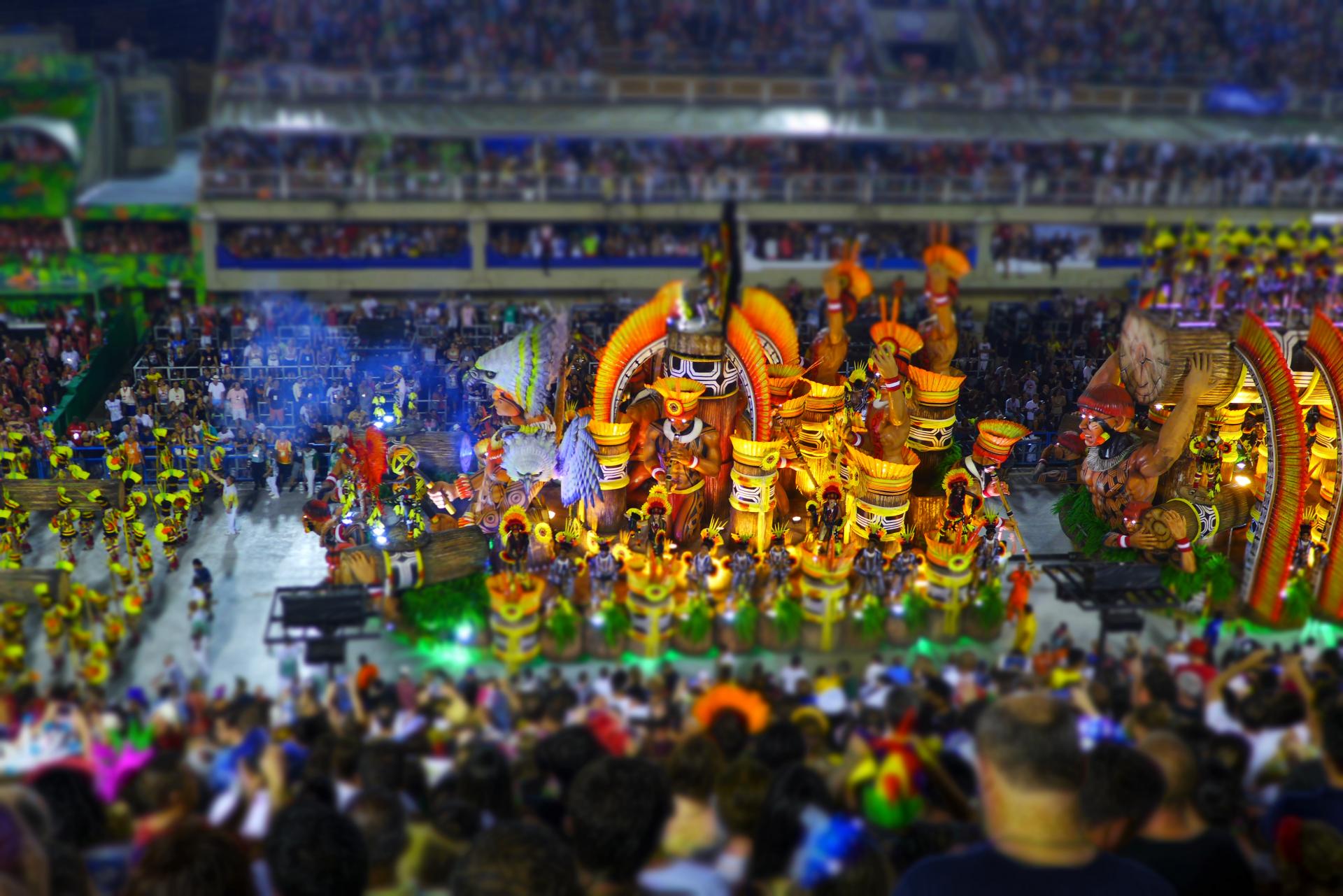Brazil - Land of Diversity: The Day of Samba

The second of December is the National Day of Samba
Would you have known? Today, the second of December is the National Samba Day (o dia nacional do Samba). You will certainly come into contact with it on your trip to Brazil, so today we would like to make a small historical excursion into the world of Samba.
Brazil is not only known for its beautiful landscapes, for example in the Amazonas, soccer star players or soap operas, which are especially successful abroad. When you think of Brazil you usually come to the beach, carnival, and samba. Exactly, Samba, a style of music that combines the diversity and verve of an entire nation.
On December 2, the National Samba Day is celebrated, a musical style that carries the Brazilian identity to the outside world, from the roots of samba to the variations of this musical style that keeps the tradition alive until today. Despite all the modernity that surrounds us, samba always finds a way.
In the beginning, Samba Day was only celebrated in Salvador da Bahia, but since borders could not stop it, it gradually grew into a national event. Due to the many talents, samba certainly reflects tradition, love, and the vitality of an entire nation. Even among the many different musical styles, samba is the most picturesque of all the musical styles in Brazil, reflecting the essence of the Brazilian people.
National Day of the Samba
The National Day of Samba is celebrated on the second of December, celebrating this musical rhythm created in Brazil, which as a form of expression is linked to different regions. It is known worldwide as a symbol of Brazilian music.
Although it is very popular in many regions of Brazil, the samba from Bahia and São Paulo is closely linked to Rio de Janeiro, where it originated in the late nineteenth century and early twentieth century.
It was a dance of slaves who mixed their dances with the regional rhythms maxixe and xote, among others, from which the Samba Carioca, the Samba from Rio de Janeiro, developed.
The origins of the day of Samba
The date of December 2 was chosen as Samba Day because it was on this day that the famous composer Ary Barroso, one of the most famous composers in the history of samba, visited Salvador da Bahia for the first time. The former city councilor Luis Monteiro Costa then proposed in his honor to celebrate Samba Day regionally. Over the years, a national festival developed.
The modern Samba today
In the 1950s, the street carnival of the samba schools displaced the bourgeois carnival in the center of Rio de Janeiro. Today, the carnival in Rio is considered the largest public festival in the world. The parade of the samba schools, called Desfile, with several hundred musicians and dancers is broadcast nationwide and is musically characterized by the Samba enredo. Each samba school performs a theme (enredo). Playing wind instruments is prohibited by statute, the only melodic instrument is the cavaquinho, which accompanies the singing. The highlight is the entrance of the groups into the Sambodromo, which holds 60,000 spectators and was built in 1984 by Oscar Niemeyer.
The Samba enredo is the modern Samba of the carnival in Rio and São Paulo, but also at the carnival in Recife and other cities. For several decades there has been a development in samba enredo to tune the instruments higher and higher and to play the samba faster and faster.
On your next vacation in Brazil, you should plan a stop in Rio de Janeiro where you can follow the traces of Samba.
Sources: calendariobr.com.br; wikipedia.de

